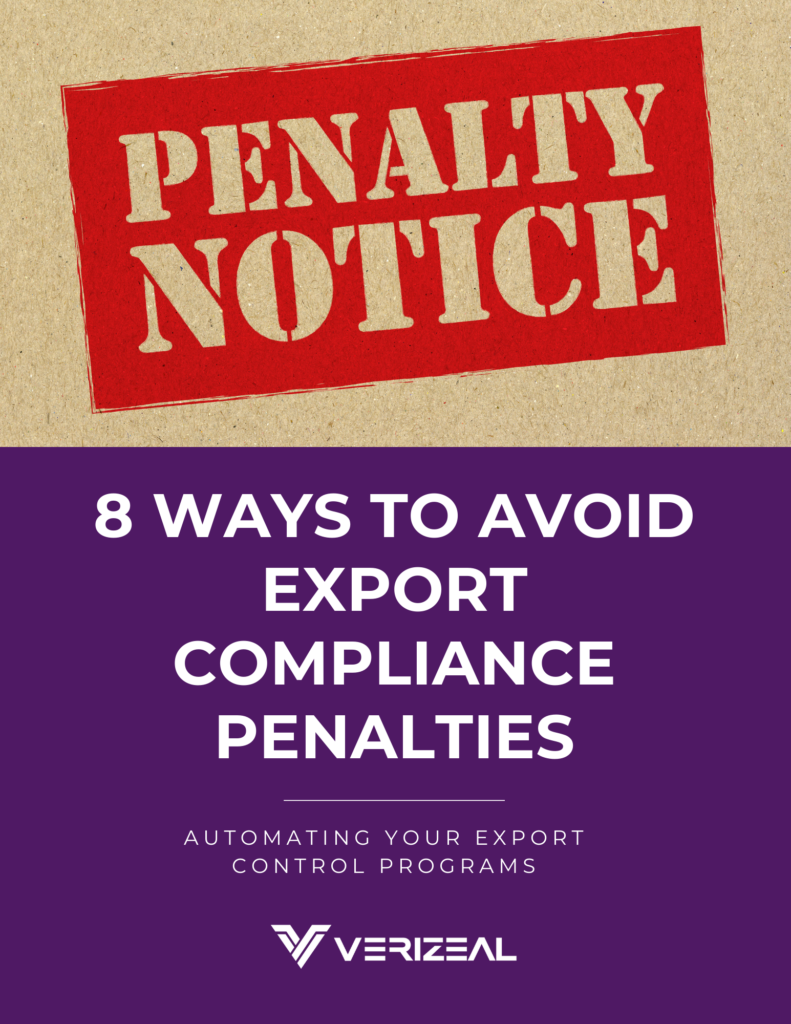Unexpected events such as natural disasters, fires, droughts, and floods seem to be occurring more frequently in recent years. Other events such as labor strikes, the Ukraine/Russia war, and civil unrest have also shaken supply chains. In addition, major changes in consumer behavior are forcing retailers and manufacturers to better manage their supply chains. Companies need to be flexible yet be able to deliver on time with a supply chain that is able to handle potential disruptions.
The Need for Comprehensive Supply Chain Planning
Supply chain disruptions can present serious complications for a business, especially when they are completely unexpected. A supply chain strategy should include contingency plans for the following:
- Supply Shortages
- Inventory Fluctuations
- Demand Increases and Decreases
- Reduced Productivity
- Communication Barriers
Supply chain managers have to maintain daily operations and fulfill customer demands, which is particularly critical during times of uncertainty.
Responding to Supply Chain Disruptions
Businesses need to build supply chains that have resilience and flexibility that protects against future disruptions. Technology is part of the solution for a responsive and resilient risk management strategy. It can increase resiliency to protect operations. Platforms that support AI (artificial intelligence), machine learning, and analytics will help to cut down on the risk by offering transparency into the operational process. The following are six specific strategies to help mitigate the risk of unexpected events:
- Assess the impact of the disruption. There are many different types of events that can disrupt a supply chain. Understanding the implications of each identifies the processes that are the most important for stabilization after one occurs. Different types of disruptions elicit different responses.
- Expect shortages. Many times, unexpected changes to the supply chain can result in shortages of products. While it is difficult to anticipate a shortage, companies need to have an action plan for when factories close or there are disruptions to shipping operations. Increasing inventory levels is not a solution because there is a cost in carrying excessive inventory especially for products that are dependent on weather, regulations, or new, better technologies. In order to remain reputable in the eyes of customers, businesses should not price gouge on items that have a shortage. A better approach is using purchase limits and making smaller adjustments in prices during shortages.
- Adjust the forecast so it is accurate. When an event changes inventory levels, forecast accuracy becomes an important piece of predicting how much product a company has to sell. Ads, promotions, and merchandising should be directed around the supply that is available.
- Continue to provide excellent service to customers. When there is uncertainty in the economy or the marketplace, it creates a sense of panic. A supply chain crisis can make customers feel uneasy, however companies that are still able to provide the same level of service and reassurance to customers will have a competitive advantage. The main goal is to build trust with the customer base.
- Open lines of communication. In addition to being transparent with customers, it is equally important to keep in communication with suppliers and partners. During a disruption, logistics managers need to work with internal and external supply chain partners. Current issues with supply chains have created a need to have more awareness of the supply chain in its entirety. Companies should initiate conversations making it easier to manage crisis when they do arise.
- Become Self-Sustaining Business. Supply chain issues greatly affect companies that sell goods that are manufactured in different parts of the world. When blockages occur, a business that is more self-sustaining will be able to adjust more readily. One way to become more self-reliant is by having options for when supply chain crisis occur.
Assessing the Supply Chain After a Disruption
If your company does experience a serious disruption, it is important to evaluate the performance of your operations to find out what went well and where improvements are needed. Disruptions can expose weak links in the supply chain, including pointing out the need for more documented and detailed processes to deal with these events. A strategy that includes how to deal with a disruption and a current continuity plan will help a business recover from a crisis faster.
Verizeal for Managing Your Supply Chain
Any type of disruption can cause havoc throughout the supply chain. A business that has flexibility and visibility throughout the supply chain is better prepared when unexpected events do occur. Verizeal’s platform offers complete transparency so an event, big or small, can be dealt with in real time for the best outcome.



